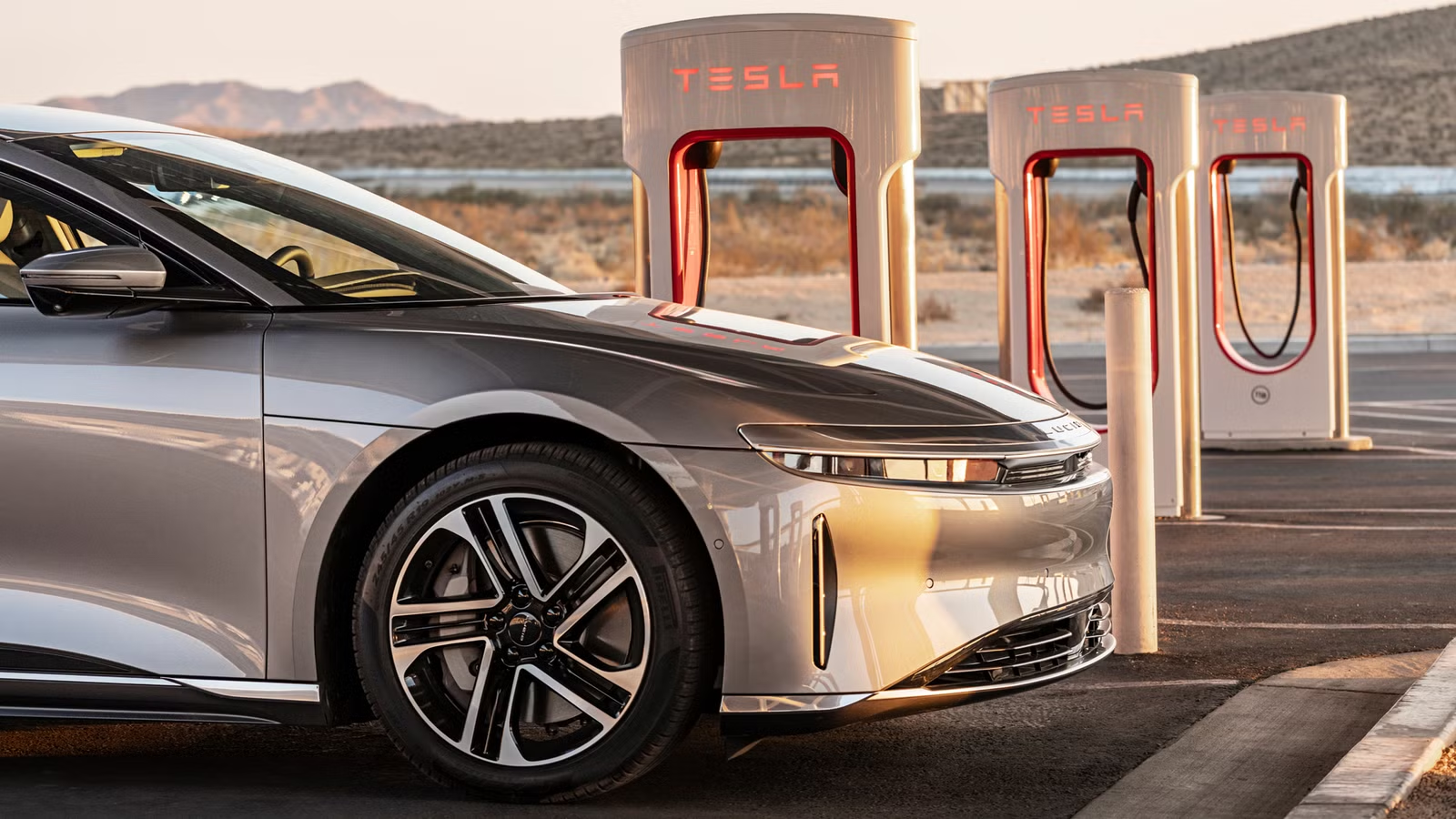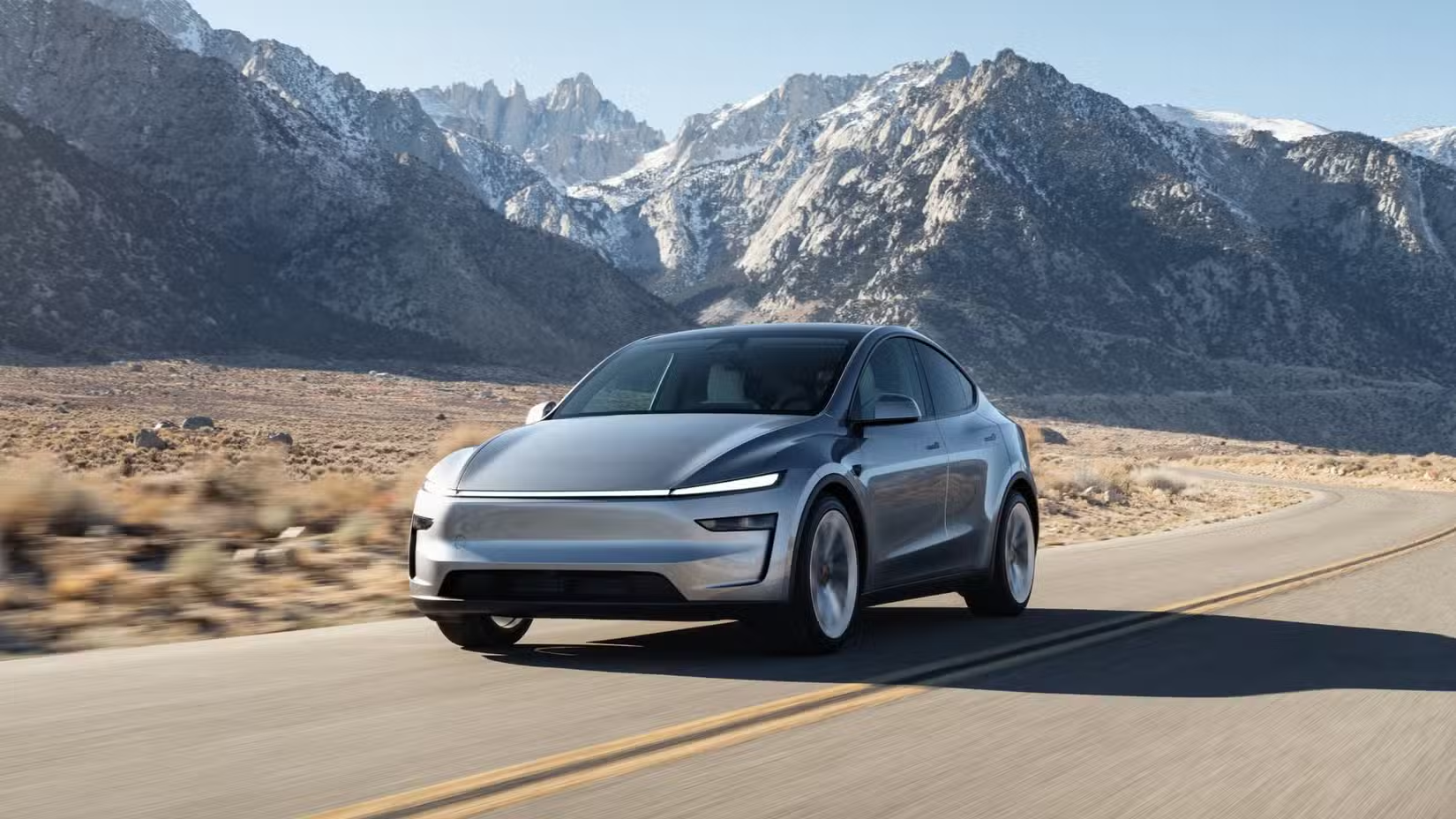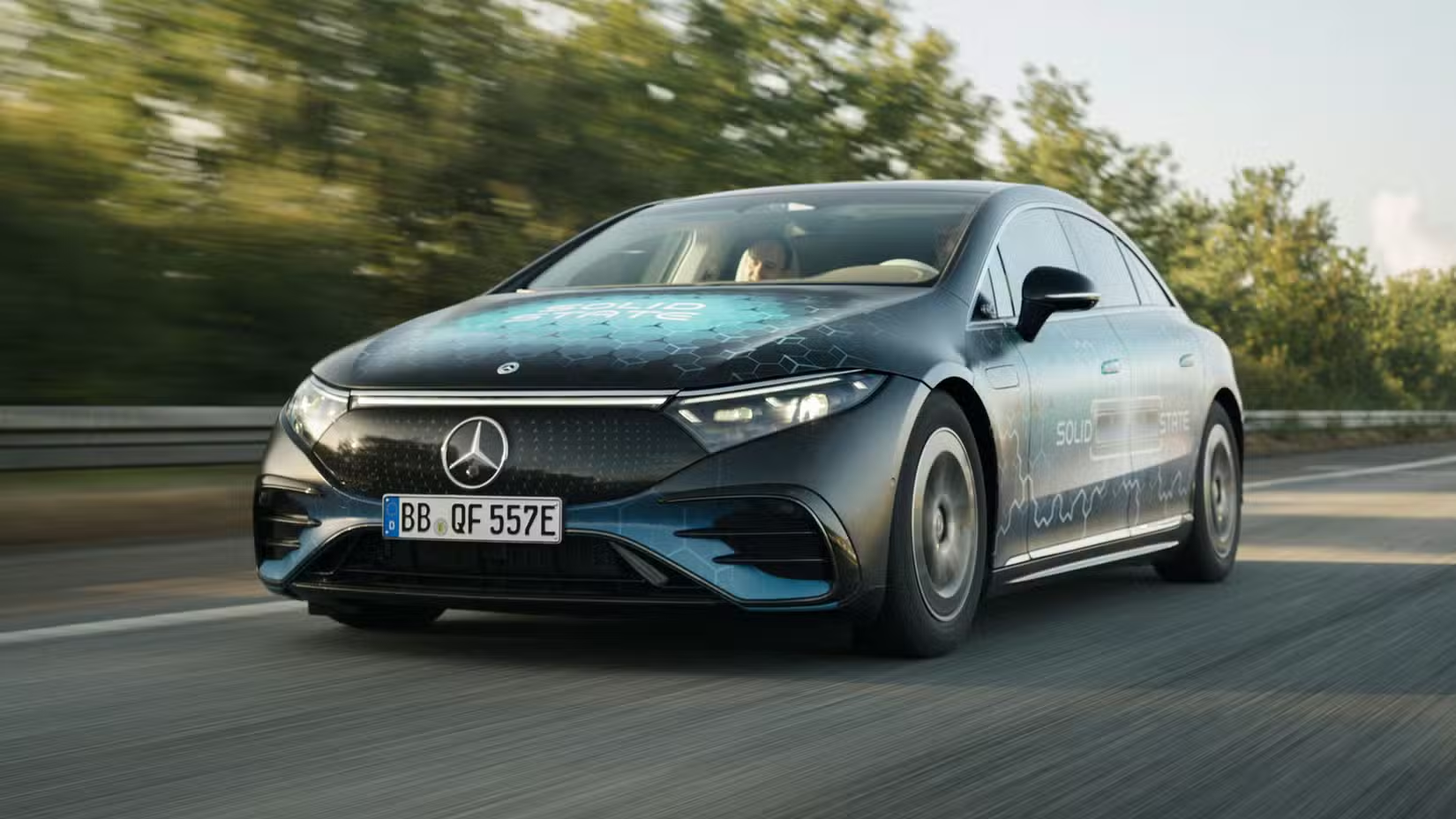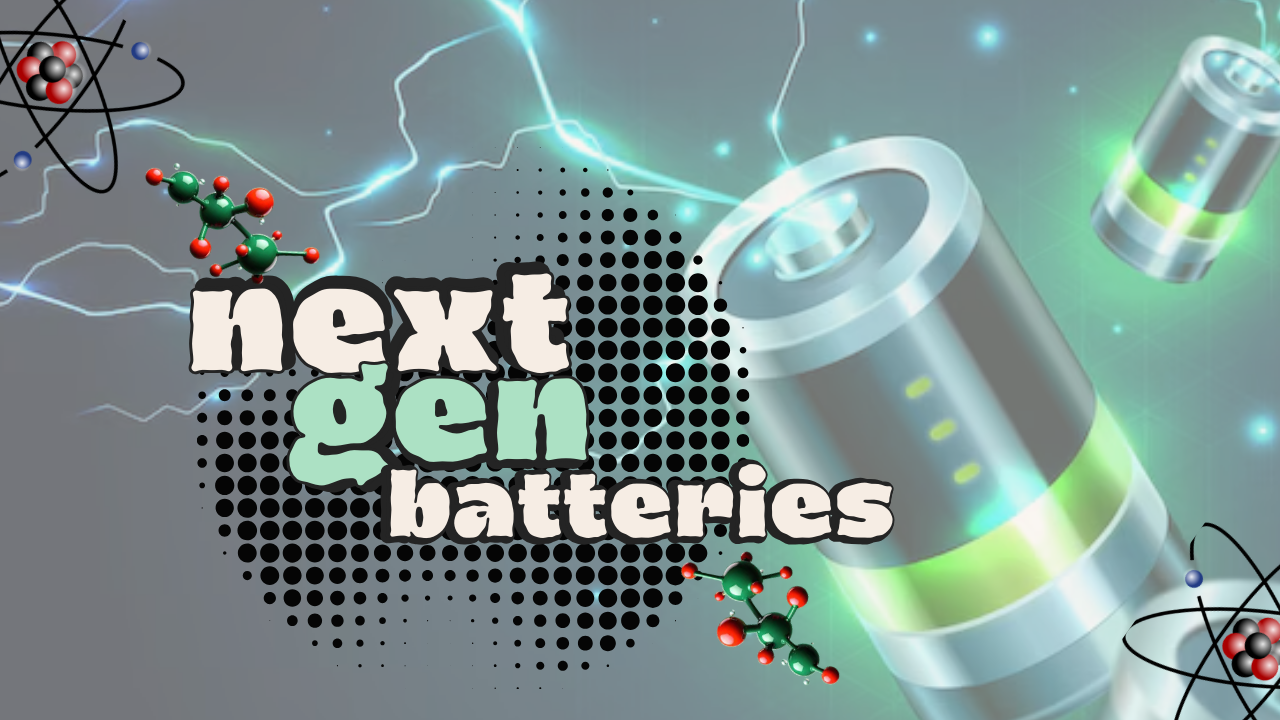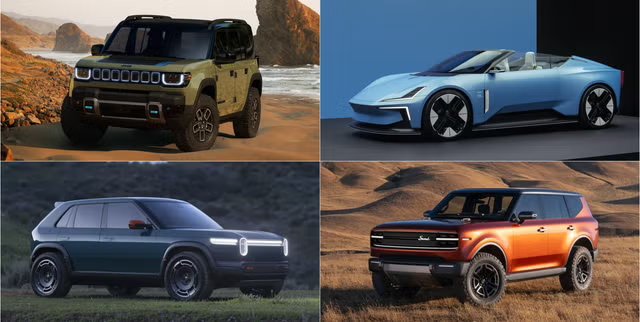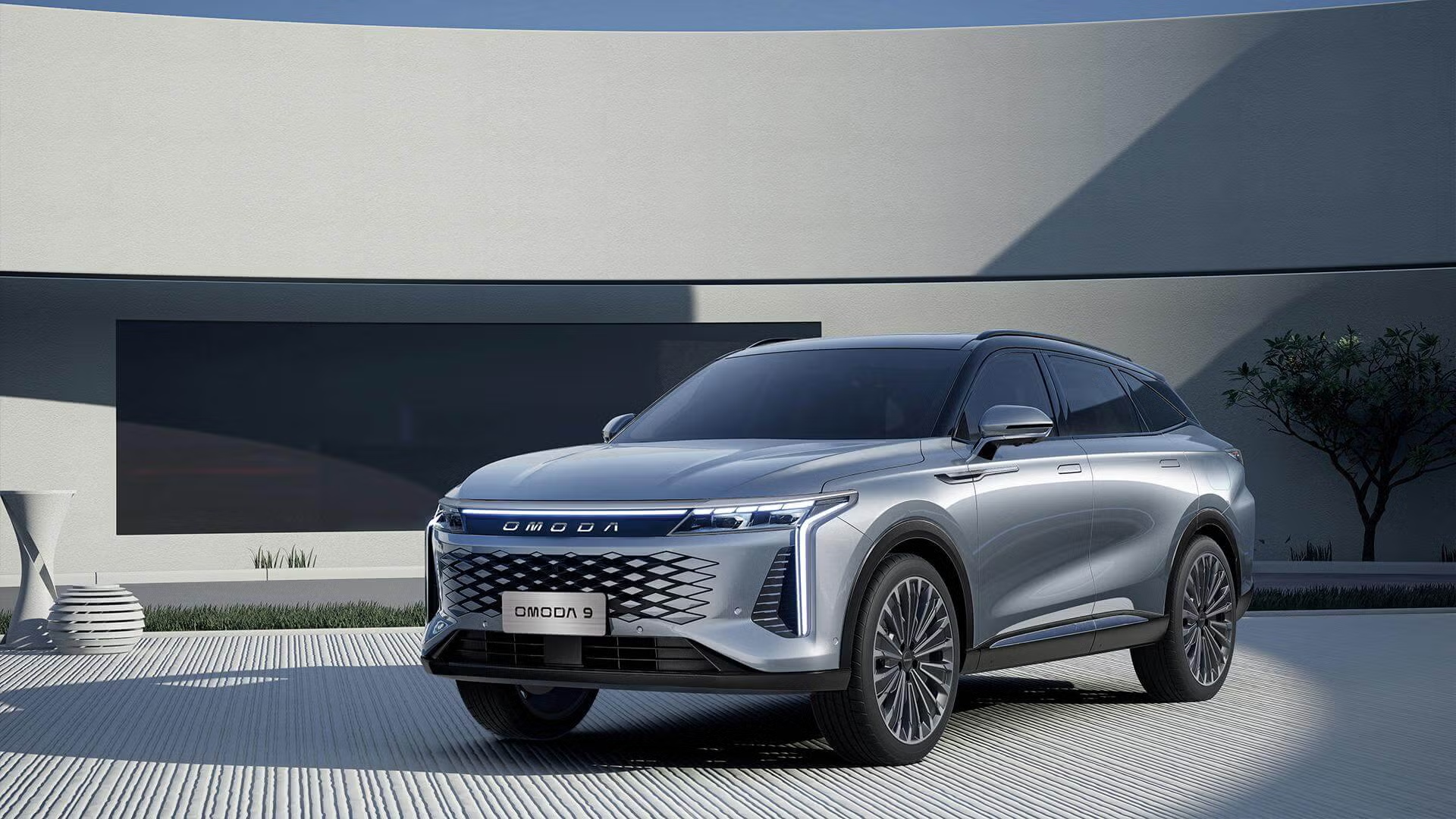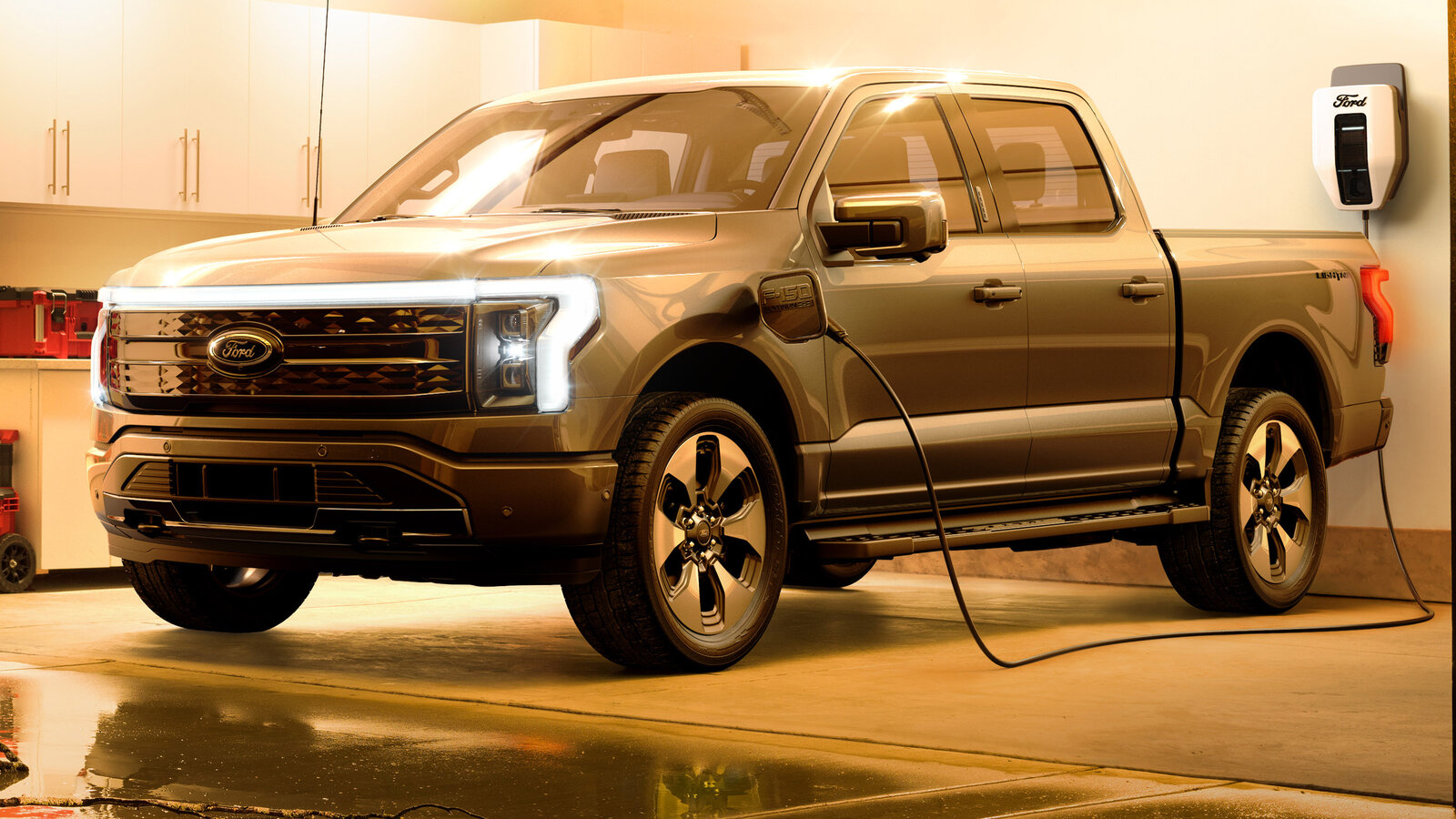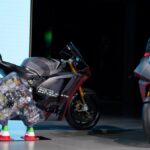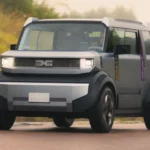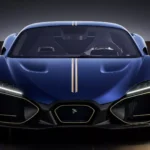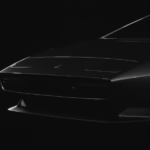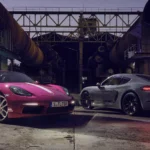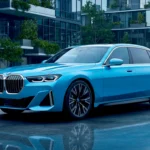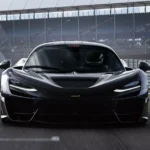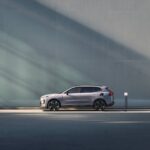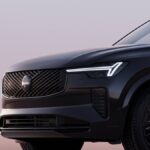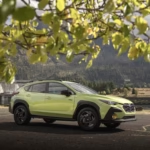I remember when EVs first promised 300 miles of range, and now we’re talking 420 miles without making the battery bigger—Panasonic’s latest trick with liquid lithium-ion cells has me grinning like it’s 2010 all over again. Announced in September 2025, this anode-free design eliminates the lithium anode during manufacturing, letting it form on the first charge. That frees up space for more cathode materials like aluminum, cobalt, and nickel, bumping capacity by 25% without adding volume. For the Tesla Model Y’s current 337-mile EPA range, that’s nearly 90 miles more—over 420 miles on the same pack. As a guy who’s road-tripped in a Model 3 and cursed mid-stop charging breaks, this could make long hauls a breeze. Panasonic, Tesla and Lucid’s battery buddy, says it’s ready by late 2027, but let’s dig into how it works and what it means for EVs like the Lucid Air and even solid-state prototypes from Mercedes.
The Anode-Free Magic: More Power in the Same Space
Panasonic’s innovation is simple but genius: skip the lithium anode in production, and let it form after the first charge. This packs in more cathode stuff—aluminum, cobalt, nickel—for a 25% capacity jump without growing the battery. A Panasonic exec told Reuters the Tesla Model Y could hit 420 miles EPA from 337, or they could shrink the pack for cheaper EVs with the same range. It’s a win for cost and weight, and since Panasonic supplies Tesla, Lucid, and Toyota, this could ripple across lineups. The exec noted it could cut nickel use too, easing supply chain headaches. No word on exact costs, but smaller packs mean lower prices—music to EV buyers’ ears. It’s not solid-state, but it’s a bridge to that future, using existing liquid lithium-ion tech.
Solid-State Batteries: Mercedes EQS Prototype Hits 750 Miles
Speaking of the future, solid-state batteries are heating up, using solid electrolytes for safer, denser packs with faster charging and less fire risk. Mercedes just demoed an EQS with a prototype from Factorial, driving 750 miles from Stuttgart to Malmö on a single charge—real-world conditions, no tricks. It’s a leap from current EVs, with lithium metal anodes boosting energy density. Mercedes aims for production this decade, and other players like Panasonic and Toyota are in the race. Panasonic’s anode-free is a stopgap, but solid-state could double range and halve charge times. For Lucid Air owners, imagine 800+ miles without a stop—game-changing for cross-country trips.
What This Means for Tesla, Lucid, and the EV World
For Tesla, this could mean a Model Y with 420 miles standard, or a cheaper version with the same range. Lucid, with Panasonic packs in the Air, might see efficiency gains, pushing their 500-mile claim even further. Toyota’s Prius Prime could get a range boost too. The timeline—end of 2027—is realistic, but vehicle adoption might lag a year or two. It’s exciting, but remember, it’s still liquid lithium-ion; solid-state is the holy grail. Mercedes’ EQS demo shows it’s coming, but scaling is the hurdle.
My Take: A Step Closer to Endless EV Miles
Panasonic’s anode-free breakthrough is a smart, near-term win for range and cost, giving Tesla and Lucid a leg up. The solid-state EQS run is the real wow, but 2027 feels like tomorrow. As an EV driver who’s planned trips around chargers, this could make road trips as easy as gas. What do you think—25% more range enough, or waiting for solid-state? Share below; I’m curious!
Source- carbuzz
